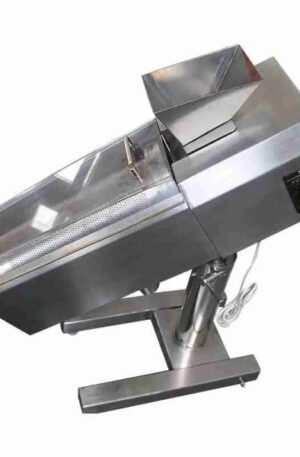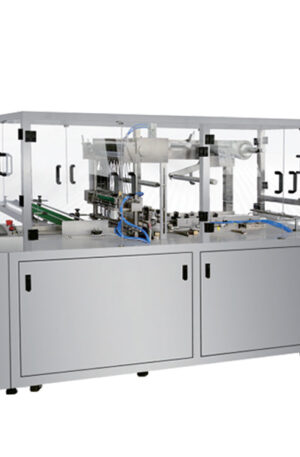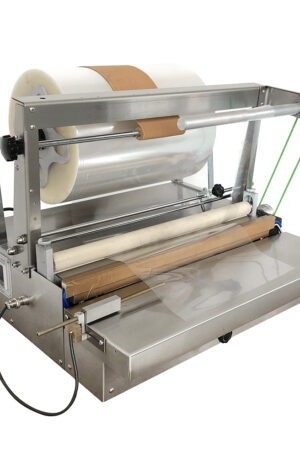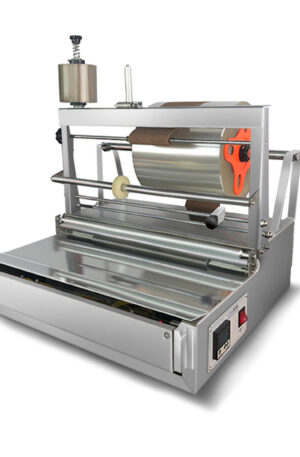Title: “The Role of Pharmaceutical Machinery in Drug Manufacturing”
Pharmaceutical machinery plays a crucial role in the manufacturing process of drugs. From the development of new medications to the production of tablets and capsules, various types of machinery are used to ensure the efficiency, accuracy, and quality of pharmaceutical products.
One essential piece of equipment in drug manufacturing is the tablet press machine. This machine is responsible for compressing powdered ingredients into tablets of precise shapes and sizes. There are different types of tablet press machines, such as the TDP (Tablet Press) and THDP (High-Speed Tablet Press), each with its unique capabilities and specifications. The TDP is commonly used for small-scale production, while the THDP is ideal for high-volume manufacturing.
Another critical equipment in pharmaceutical manufacturing is the capsule filling machine. This machine fills empty capsule shells with the desired dosage of powdered ingredients. Capsule filling machines are designed to accurately fill capsules to ensure uniform dosage distribution. These machines come in various designs, including manual, semi-automatic, and automatic, to meet the production needs of pharmaceutical companies.
The tablet press machine and capsule filling machine are just two examples of the many pieces of pharmaceutical machinery used in drug manufacturing. Other equipment includes mixers, granulators, coating machines, and packaging machines, all of which play essential roles in the pharmaceutical production process.
In conclusion, pharmaceutical machinery is indispensable in drug manufacturing. The precision, efficiency, and quality of pharmaceutical products depend on the proper functioning of these machines. Understanding the various types of pharmaceutical machinery, such as the tablet press machine and capsule filling machine, is crucial for ensuring the safe and effective production of medications that improve the health and well-being of patients worldwide.





